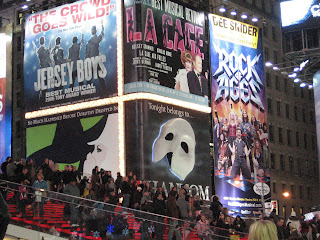A total eclipse of the moon will be visible throughout North and Central America from 11:41 p.m. PST Monday until 12:53 a.m. Tuesday, the first such eclipse in almost three years.
Weather permitting, observers will see the moon enter the Earth's inner shadow, or umbra, at 10:33 p.m., with a red-brown shadow creeping across the bright moon. This shadow has a curved edge, a fact that was taken as proof to at least some ancients that the Earth is round. The sky will get darker as the shadow progresses across the moon, and more stars will be visible as sunlight reflected from the moon fades.
he total phase of the eclipse will last 72 minutes, then the moon will begin to emerge from the umbra, coming totally out of the inner shadow at 2:01 a.m.
Unlike during a total solar eclipse, when the sun is blotted out, in a lunar eclipse the moon rarely appears black. Because of sunrises and sunsets around the world that scatter and refract light from the sun, the moon generally appears bright and coppery orange, or sometimes brown or dark red-black, depending on how much pollution is in the atmosphere.
The most recent total eclipse of the moon was on the night of Feb. 20, 2008.
Also unlike a solar eclipse, which can generally only be seen from select places on the Earth's surface, a lunar eclipse can be seen from anywhere on the side of the Earth facing the moon at the time.
The next lunar eclipse is June 15, 2011, but North America will be facing the wrong way. Another eclipse, on Dec. 10, 2011, will be interrupted by moonset and sunrise.
The next total lunar eclipse for the entire continent doesn't occur until April 14-15, 2014, an unusually long wait.






































